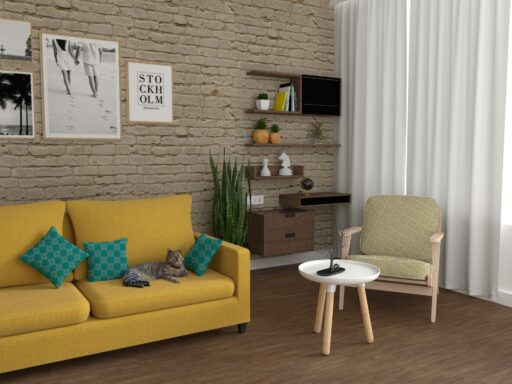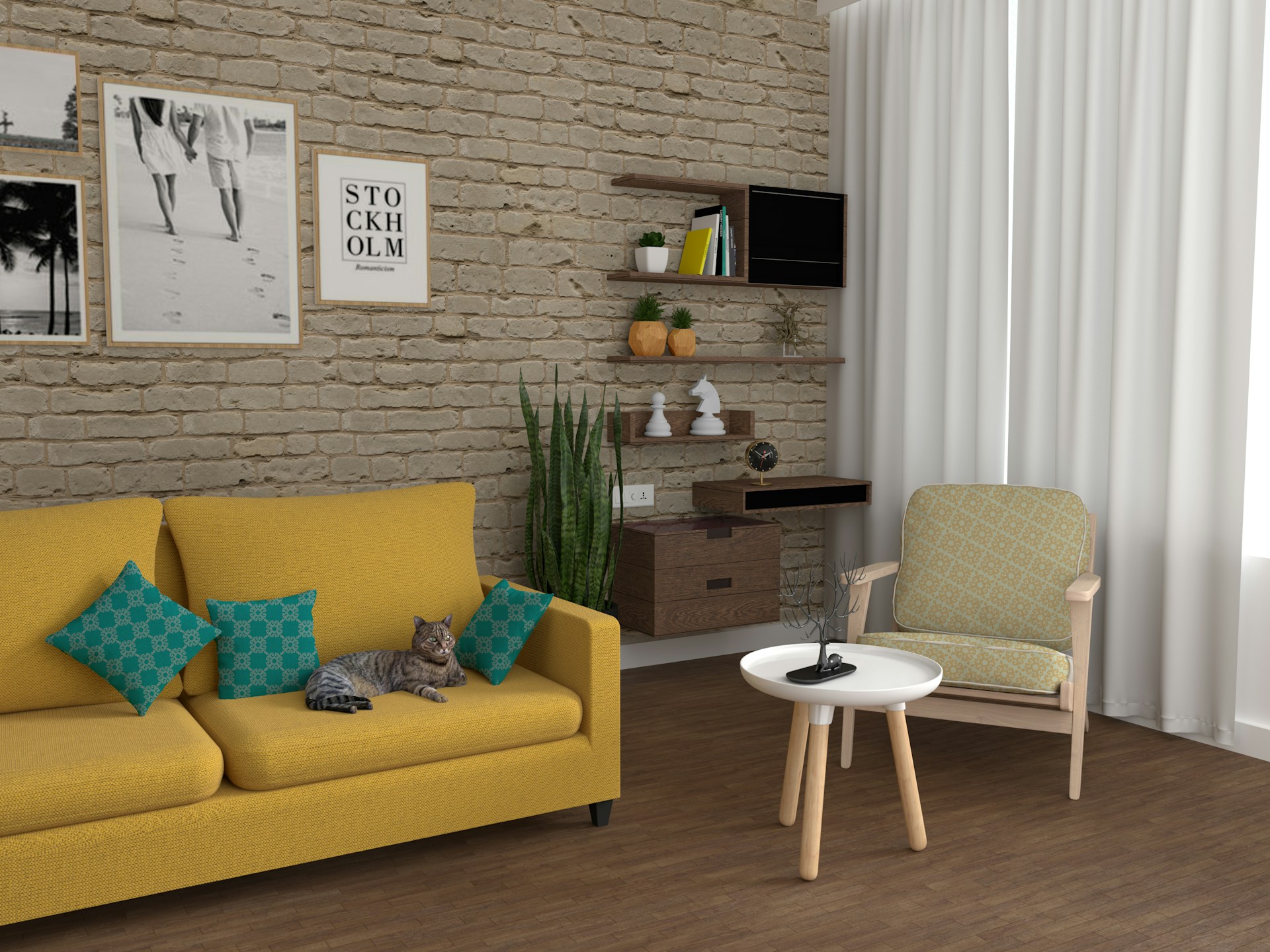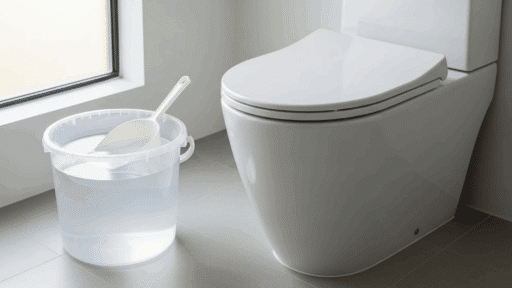There’s a difference between a house that looks nice and one that feels good to live in. A calm home doesn’t happen by accident; it’s the result of a thousand quiet decisions that make daily life smoother, softer, and more grounded. Whether your space feels cluttered, noisy, or just visually overstimulating, the way you design it can change how your entire day plays out.
Start With The Flow You Already Have
Before you even think about buying anything, watch how you actually live in your home. Most people arrange furniture around the walls or squeeze everything in where it fits, but the way your space flows can affect how relaxed you feel in it. Do you have to sidestep a coffee table to get to the couch? Is the kitchen counter your unofficial mailroom? Look for what’s constantly in the way and design around that.
Sometimes it’s as simple as pulling furniture off the walls or letting one piece go. The breathing room makes a bigger impact than any new décor. Even better, it’s free. Once you can move easily from one room to the next, you’ll feel calmer without even realizing why.
Tend To The Systems, Not Just The Style
Peace at home has less to do with aesthetics and more to do with how smoothly things work. If you’ve ever had to deal with a clunky HVAC system or a noisy furnace, you know what a difference a good technician can make. When it comes to furnace repair in Denver, San Antonio, wherever you are, you need the pros who know how to keep your system efficient without turning your house into a construction zone. That same mindset applies to everything from plumbing to insulation—these aren’t glamorous updates, but they keep your home functional and frustration-free.
When the systems behind your walls run quietly, it’s like removing background noise from your life. You may not think about it daily, but it’s one of the most underrated forms of self-care for homeowners.
Create Zones That Match Real Life
If you’ve got kids, pets, or just too many hobbies, you know chaos loves open spaces. Instead of fighting it, define zones within your rooms that make sense for how you live. A basket by the door for shoes, a small console table for keys and chargers, a reading corner that actually invites sitting down—these small decisions carve out calm from the mess.
Lighting plays into this too. Layering lamps instead of relying on harsh overheads can make even a chaotic living room feel like a sanctuary at night. Warm light softens edges and tricks your brain into relaxing. And when you’re ready for a little change of scenery, try a backyard makeover that mirrors the peaceful feeling you’ve built inside. Simple touches like string lights, low seating, and a few hardy plants can make outdoor space an extension of your calm interior.
Quiet The Visual Noise
Most homes get noisy through what we see, not what we hear. Too many small patterns, too much clutter, and too many colors shouting at each other make it impossible to rest. Neutral tones don’t have to mean beige everything; it’s more about consistency and restraint. Limit the number of finishes and materials you use, and you’ll automatically create harmony.
That doesn’t mean you can’t have personality. Art and texture are better ways to add character than visual clutter. A well-placed textile or single bold piece of art says more than five competing accents ever could. Think calm, not bland—your eyes should have a place to rest when you walk into a room.
Let Comfort Be The Design Goal
We tend to forget that design isn’t about perfection, it’s about ease. The coziest spaces have layers—soft fabrics, mixed woods, furniture that doesn’t look too precious to actually sit on. When your home feels lived-in and loved, not staged, you can finally exhale. Make sure your couch invites napping, your kitchen encourages lingering, and your lighting feels like a gentle cue to slow down.
A comfortable space naturally feels quieter. It’s not about muting your personality but giving it room to breathe. Comfort makes design human, and that’s what keeps chaos out.
Homes don’t need to be perfect to feel peaceful. What they need is balance—between energy and calm, structure and softness, beauty and function. When you fix what’s noisy, both visually and mechanically, everything else starts to align.
The next time your space feels overwhelming, skip the impulse to throw everything out or buy something new. Instead, start with how your home moves, what makes it work, and how it holds you at the end of the day. Real calm doesn’t come from perfection; it comes from spaces that quietly take care of you right back.








